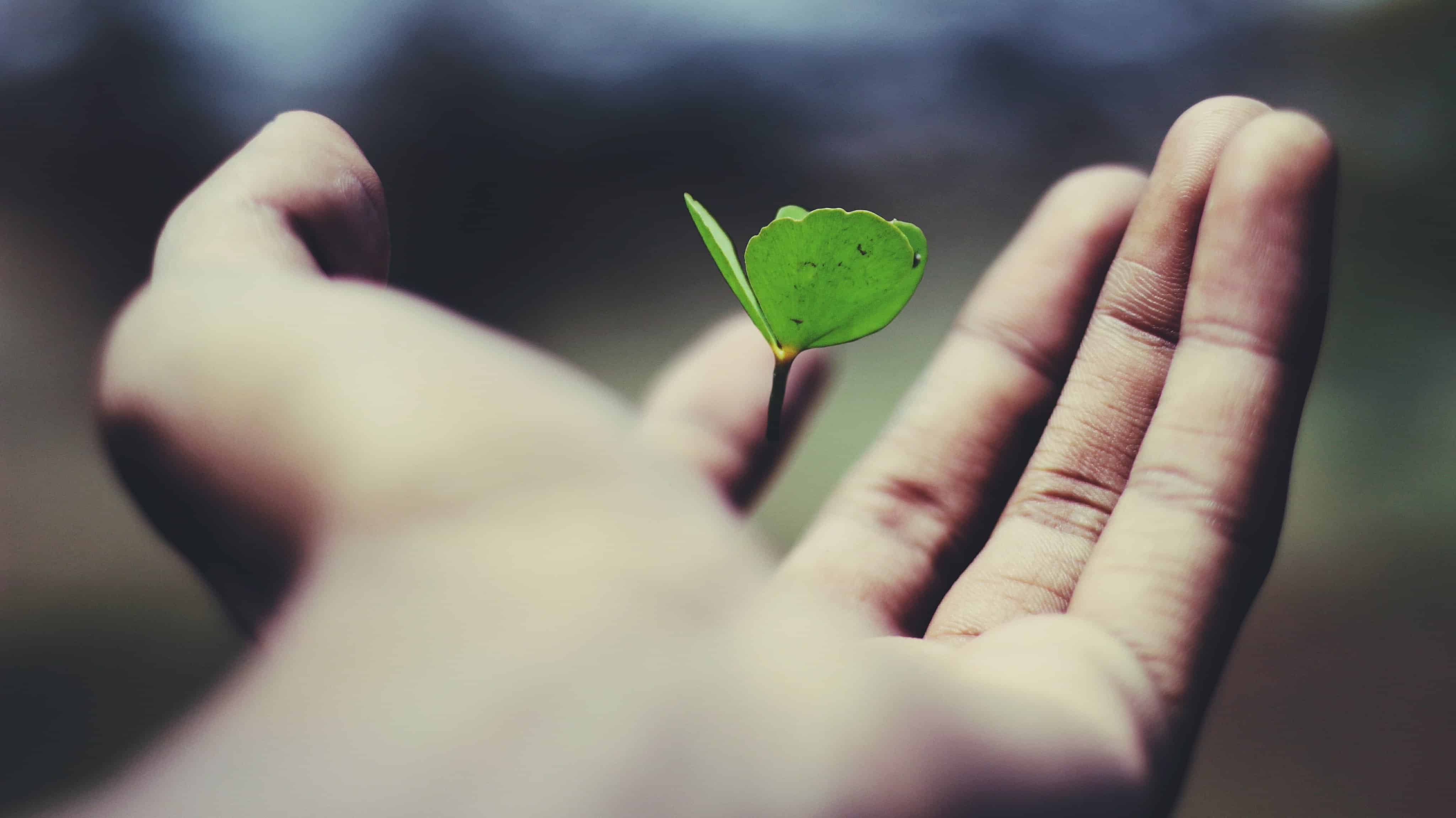It was the first day of the academic year and I was downtown Chicago, sitting in a social work class. There were about twenty-five students filling the small auditorium style classroom. Waiting. A few moments later, a stately-looking older gentleman walked in and introduced himself as the professor. After a terse jaunt through the syllabus, he looked up from the podium suddenly and posed the question: Who here believes that a person can change?
Not a peep was uttered. Maybe it was first day jitters, or as I thought, perhaps, a trick question.
He asked again: Who here believes that a person can change?
Again, silence.
After a brief pause, the professor chuckled: You’re social workers; I hope you believe people can change!
We joined in his laughter, and this eased us a bit. He turned to us again: And how does one begin to change? What is the basic mechanism that motivates one to move? What are the ingredients, the core conditions, that readies one to change? Intuiting this as a rhetorical question, we waited for his response. He continued:
At the basic level, when you boil it all down, there is a simple calculus.
To change, two basic elements are needed: You have to feel both the push of discomfort and the pull of hope.
Discomfort without hope is not gonna do it. You become fixated, apathetic, despairing, resigned.
On the other hand, hope without discomfort, forget about it. It’s the mark of an immature, wishful Pollyanna; someone who is aloof and oblivious to their own pain and that of others.
It is only the presence of both – discomfort and hope – that gets us up and on our way.
To change;
To move;
To alter course;
To shift direction;
To do a 180 and make radically different.
To change.
These are natural and worthy things to consider at the dawn of a new year and fresh decade. It is the time of resolutions, after all.
*****
Not long after the professor point-blank posed his question, I was engaged in conversation with a close friend when she decided to share the latest of her “come to Jesus moments.”
“I’m a Christian,” she said, “I am supposed to be joyful. But I have to acknowledge that I’ve been held captive by several long-lasting hurts.” She continued to relay a history of strained relationships, repeated blows to self-esteem, a sense of being overwhelmed with the upheavals in our nation and world. “My pain feels the size of the Ferris wheel at Navy Pier; my hope, the size of a grapefruit. At times I don’t see how anything is going to get better; it is as if, before anything else, I need the grace to believe in grace.”
My friend expressed a gross imbalance: A jumbo-sized discomfort dwarfing a dinky-sized hope. From her point of view, change appeared impossible.
Then there are those on the opposite end of the equation. We all know them. “Pain? What pain?” they say, quickly brushing aside any discomfort followed by an, “Oh, it’ll all be fine.” The ones who never bother to attend fully to suffering, their own or that of others. Never mind that we have been at war in this country for the last eighteen years or that 15,000 children die daily from hunger-related issues. No worries, though, it’ll all work out.
Martin Luther King, Jr., whose life we celebrated this week, once said: “Our lives begin to end the day we realize that change isn’t going to roll on the wheels of inevitability, but only through continuous hard work and struggle.” I think of all of the times I’ve failed to notice others’ struggles and not bothered to be anti-racist, anti-sexist, anti-homophobic, anti-violence, or anti-economic disparity because I’ve assumed there is “someone out there” taking care of it.
My turning a blind eye happens at home, too. This week, the family member of a brother Jesuit died. It can be uncomfortable and awkward offering affection to people who are hurting. Though I did seek him out to offer my condolences, I admit my initial slight temptation was to simply let it pass without acknowledgment, to rely on one of the other thirty Jesuits with whom we live to be his source of support.
As an old decade gives way to a new one and we move from winter to spring, I am reminded that this upcoming liturgical year will provide a host of holy examples to guide us in our attempts to locate the sweet spot between discomfort and hope, the kindling point of change. We will hear stories of entire peoples stuck in slavery, teetering close to a state of resignation at their perceived God forsakenness. We will hear stories about men and women, like the apostle Paul, who confess arrogance and conspiracy and murder. We will also hear stories about lost sheep and women who tear the house asunder, desperate to find lost coins. And of course there is the prodigal youth who finds himself sitting in the mud and feces and slop of a pig pen, eating the husks that hogs are spitting out.
In each example, what disgrace, what indignity, what discomfort. Yet, in each case, there is a point where they lift their heads and allow the swell of hope to inundate their hearts and minds. What is it that readies each to repent, press on, rise up, and change? The push of discomfort and the pull of hope.
Am I out of balance? Do I feel stuck? What side of the hope-discomfort, discomfort-hope equation do I fall? These are the questions I resolve to bring with me this year, anticipating at some point that Jesus will turn to me and suddenly pose the question: Do you believe people and you can change? My answer will be: of course I do, I’m a Christian.
-//-
Photo by Ravi Roshan on Unsplash


